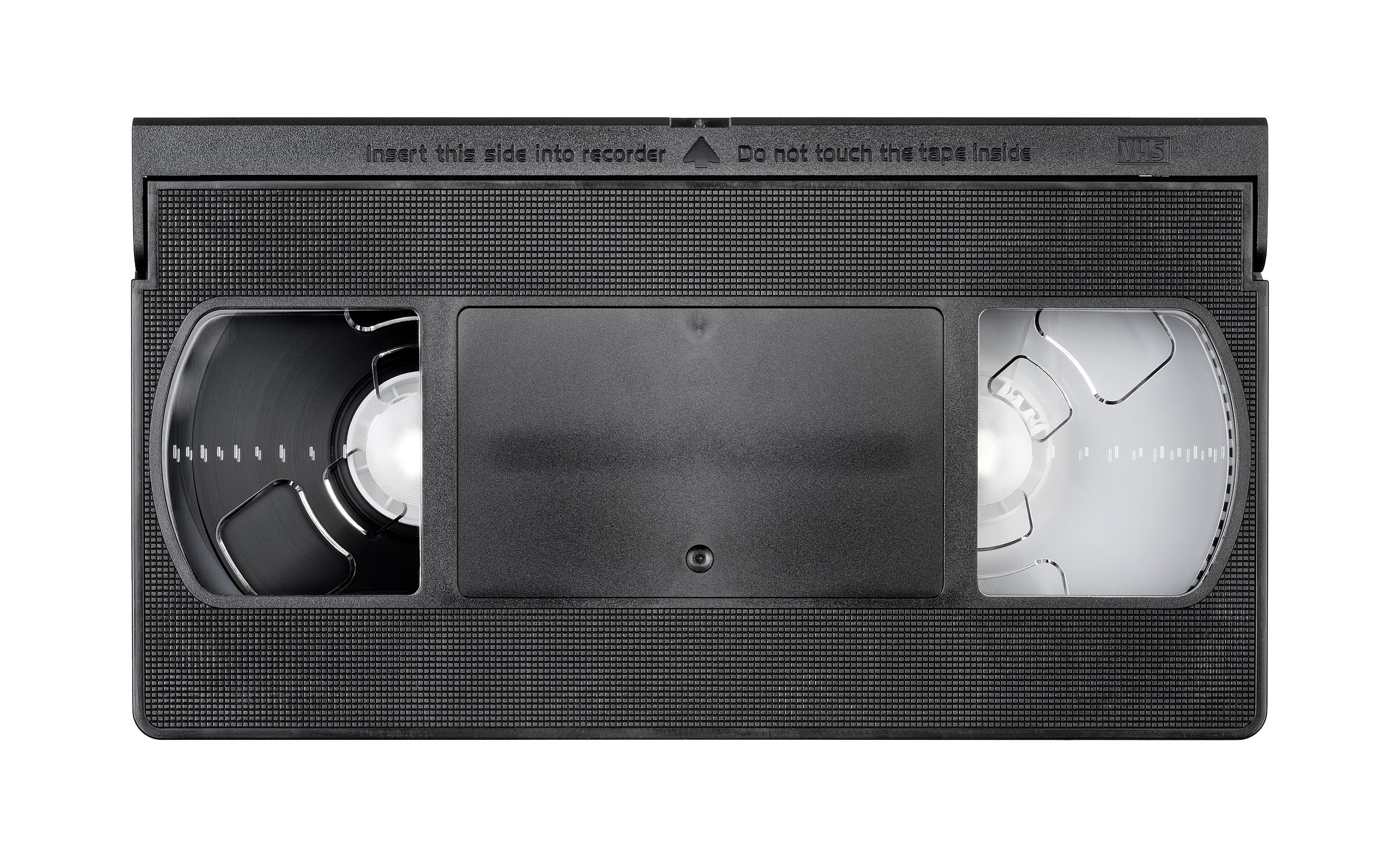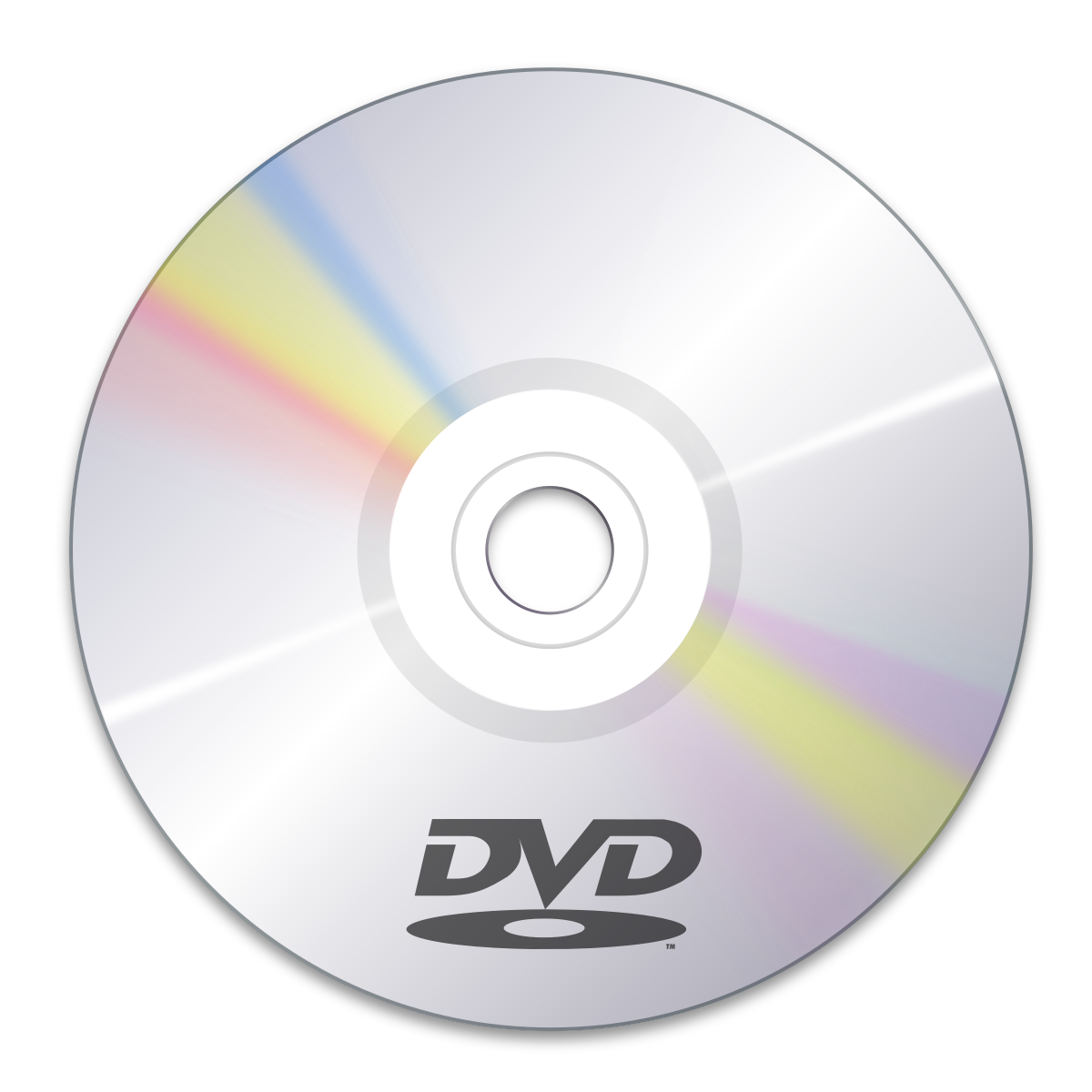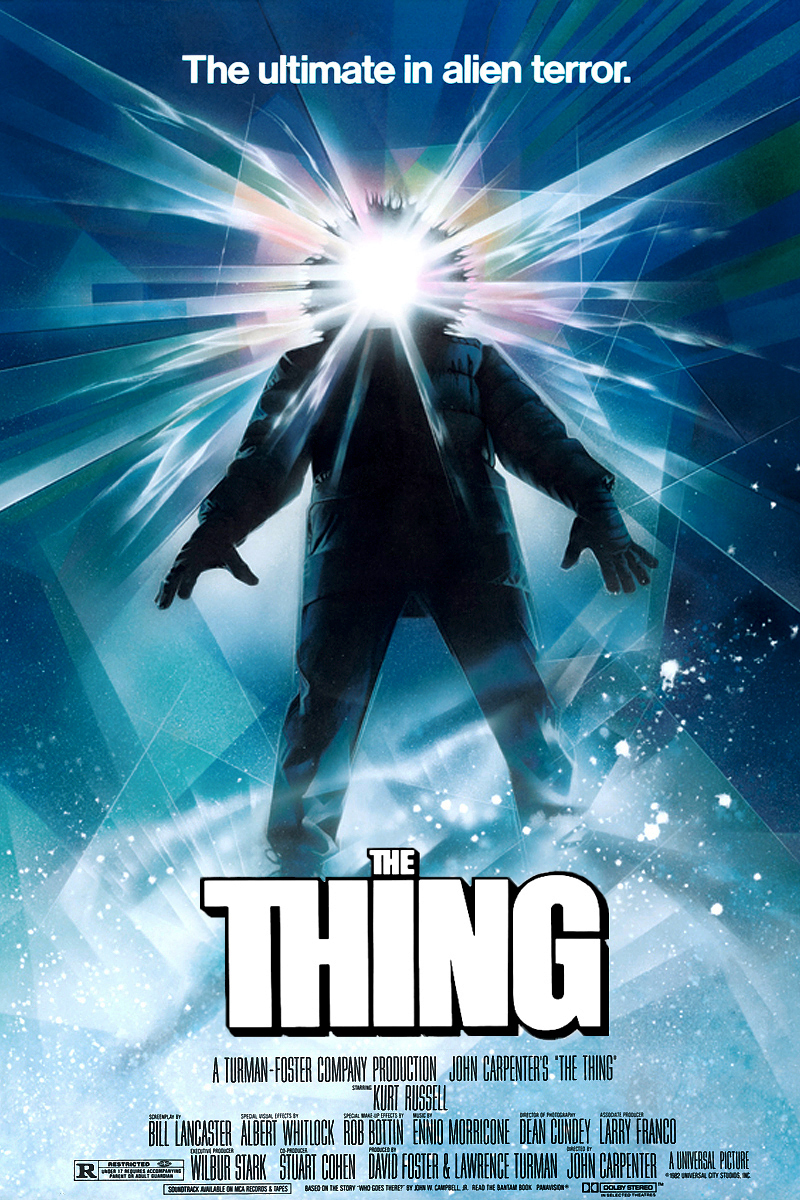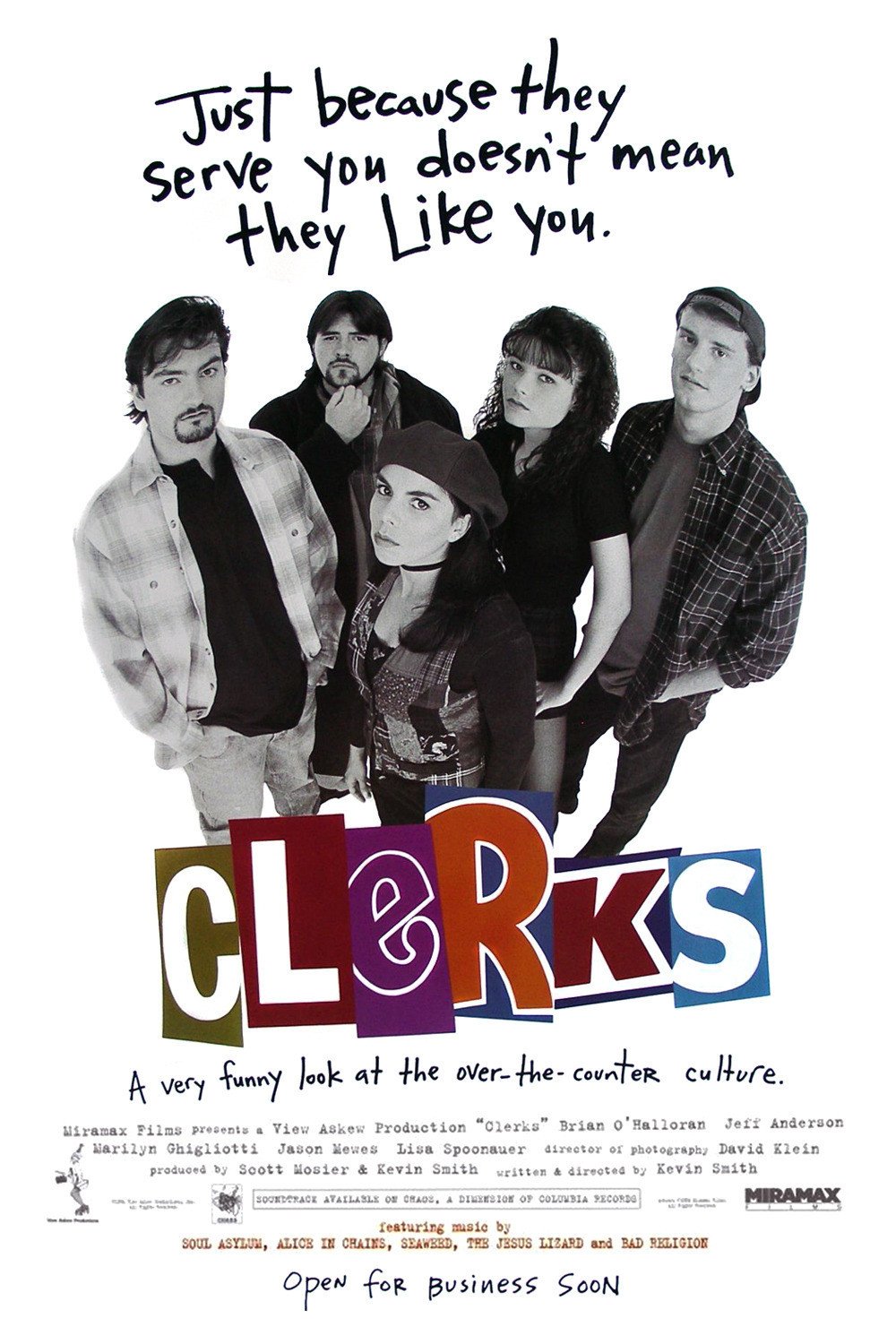Cult Classics: The Video Store as Cultural Artifact
by Milo Muise
Memento (2000): The Collection
At Howard Hughes, customers could “browse and wonder” through their curated 30,000-title collection.
For reference: you would need to subscribe to at least 11 streaming services to replicate their catalog, and even then, you’d still be missing some gems.
Whether you were drawn to the new releases, the robust foreign film section, or classic early cinema, everyone could get something they liked .
If you couldn’t find what you were looking for, manager Beau Newsome would add it to his infamous list and do his best to get it for you:
My tastes were fairly out there, and even when it was back in the appliance shop they tried to accommodate us.
Customers like Forrest Ellsworth would capitalize on the store’s five-movie rental deal to expand his knowledge of film and explore the catalog. In addition to three movies chosen intentionally, he would pick one that he had heard about, and one random selection. This is how he discovered some of his favorite movies, including Come and See (1985), McCabe & Mrs. Miller (1971), and Magnolia (1999). For an especially transcendent experience, watch that last one with Chicken McNuggets .
The collection was also a way for customers to learn about different cinematic traditions across time and place. For Lily Pannkuk, the foreign film section offered a chance to explore the affective differences between German and French films. Her teen obsession with Fritz Lang gave her insight into the transition from silent films to talkies.
For others, it helped hone their personal cinematic palate. Courtney Berge describes how early on, “It was like a time of discovery, and I was figuring out my own tastes and learning about what I liked in film.”
Counterintuitively, some of the collection’s worth might have lay in its bad movies:
I thought some of our most valuable movies were the worst movies, the movies that nobody would ever think to preserve because they’re not going to be streaming on Netflix.
For a taste, check out Werewolves on Wheels (1971)

Werewolves on Wheels and Vampiyaz: Brothaz in Blood (2004)

Vampiyaz: Brothaz in Blood.
In thinking this way about the collection, it becomes not just a library, but an archive. Not every film makes the transition from VHS to DVD , nor from DVD to streaming, and without places to make these artifacts available, they’re lost to history.
Scarecrow Video in Seattle has a treasure trove of rare media , including two VHS copies of Eraserhead (1977) and Disney’s racist Song of the South (1946) which Disney has tried to hide from American audiences despite profiting from it elsewhere.
Scarecrow has 88 titles that are not even held by the Library of Congress and may have the only known copy of 44 of them . As viewers, it’s important we’re not limited to those films that have achieved mass cultural appeal or support a corporate-driven revisionist history.
Kate Barr, the current Executive Director at Scarecrow Video, emphasizes what sets a video rental store’s collection apart from a streaming platform: its titles were carefully curated by film lovers over time .
Ultimately, Kate says, “the size isn’t as important as the curation.”
The Thing (1982): A Tangible Experience
If the internet has ushered us into the age of digital, video rental stores belong to a time of tangibility. Stepping over the door’s threshold, you entered a place whose sole purpose was to house movies, more movies than you could imagine or ever expect to watch. As customer Luke Gresback remembers, “When I was really short and tiny the racks would go above my head, I was swimming in movies, literally.”
Like being in a used bookstore , there’s something magical about being surrounded by stories that are ready to transport you to another country, world, or life, should you decide to check them out.
Depending on your generation, the shelves were stocked predominantly with VHS tapes,

This is a VHS tape. DVDs,

This is a DVD. or a combination. If there was VHS in the room,
you could likely smell it —the tapes gave off a plasticky, petroleum-laced odor that was especially pungent when recently ejected from a VCR.

A VHS being ejected from a VCR.
DVDs were sleeker, trading the boxy VHS for compact packaging and a flat, shiny disc.
While DVDs offered improved visuals and sound, tapes were more durable. Barring their tendency to melt if left too long in a hot car , their malfunctions were few and generally easy to fix:
We had a box of old VHS. It’s like old car parts, basically. Something breaks on a VHS tape, you just dig through the box, find it, fix it, and you can splice the actual film or tape or whatever. You think you’re cutting out a huge part of the movie, but you’re really only cutting like half a second or something.
That being said, tape would deteriorate if played repeatedly, as one group of girls learned after watching some pivotal scenes from Dirty Dancing a few too many times…
DVDs had a habit of getting scratched, resulting in skipping and customer complaints. Employees used a DVD resurfacer to try to extend the life of the discs, but with limited success.
They weren’t all bad, though: DVDs introduced the ability to skip scenes, saving us from the boredom of manually fast-forwarding; they included special features and commentaries that deepened our understandings of the films; they didn’t need to be rewound before returning.
Crucially, their smaller size made room for more inventory. Beau Newsome explains, “One thing about a video store it’s not like buying a piece of fruit and then you replace it with another piece of fruit. It’s just a collection that just grows and grows and grows and grows and grows, so you run out of room really quickly .
Given that movies are always being released, Howard Hughes had to balance acquiring new releases (both blockbusters and more obscure titles) with maintaining space for their rapidly expanding collection.
After moving from the store’s large location on 5th Street to its final (smaller) home on Main Street, space became a more pressing issue. Employees put the VHS in storage and turned the movies so that their spines faced out rather than the covers, which disappointed customers who liked to browse using the cover images .
Even as foot traffic diminished, a core group of customers kept up with their rental ritual: stopping in to wander the aisles, reading the back of the boxes , taking the box to the front desk where it’s swapped for a jewel case with hopefully the correct movie, and then out the door, eager to get home and watch.
Clerks (1994): The Employees
Howard Hughes Video Store never had to advertise that they were hiring: They received a steady stream of applications from local hopefuls who hoped to join the ranks of the cool clerks behind the counter. For those that made it, the job was in turns an education and an opportunity to display their expansive knowledge of film.
Reportedly, dusting was often left off the list .
For Beau Newsome, working at Howard Hughes was “its own kind of film school.”
His taste diversified as he received recommendations from his coworkers, sending him deeper into award winners, art house cinema, and underground classics .
Many of the employees were inspired by Quentin Tarantino who famously worked at a video store before finding success in the movie industry.Connor O’Rourke grew up dreaming about someday working at a video store, imagining it as “the perfect job.”
Every self-respecting video store featured a small television, usually by the counter, that played movies while customers browsed. At Howard Hughes, staff decided what to screen, often choosing the same movies again and again. “Certain employees would have their favorites, you know. You’d just walk in, you’d see something playing and be like, “Oh, so and so’s working” , says Beau Newsome.
They stayed away from picks with swearing, gore, and nudity, but that doesn’t mean there was never controversy. Benjamin Hardcastle remembers when they were written up in the paper over the outrage that they played The Cable Guy (1996) in the store.
There was also a young customer who was afraid of the Gollum character from Lord of the Rings, so they would switch to a different movie if it was playing when she stopped in.
Staff had the privilege to display their “employee picks,” where each staff member could showcase their personal favorites within the store’s vast collection. Customers often found that one employee was especially aligned with their taste and grew to trust their recommendations.
When customer Bekah Miller MacPhee saw a movie she loved as an employee pick, “I’d think, Oh my gosh, I have a kinship with this person ,”(though generally things didn’t go as far as in that one Seinfeld episode.)
The staff had a contest amongst themselves to see whose picks would be the most rented during a given stretch—Connor O’Rourke was the winner all but once, at least, according to Connor himself .
Even if your taste didn’t magically align with an employee’s, they worked to get to know what you liked and recommend accordingly. Lily Pannkuk describes how when regular customers came in, “employees who knew them well could say, ‘Hey, I just got in a new movie, and when I saw the cover, I thought of you.’
If they led you astray too many times, you might even get a free rental out of the deal .
Howard Hughes was a place for staff and customers to share their love of movies in both big and small ways. Lily loved the quiet moments in the store, standing with customers and watching whatever was playing on the monitor.
As Ben puts it, “I felt like it was an honorable profession to give people entertainment.”
Click a spine below to explore other sections of this essay:
![University of Idaho Library [logo]](https://www.lib.uidaho.edu/media/digital/liblogo_transparent.png)


